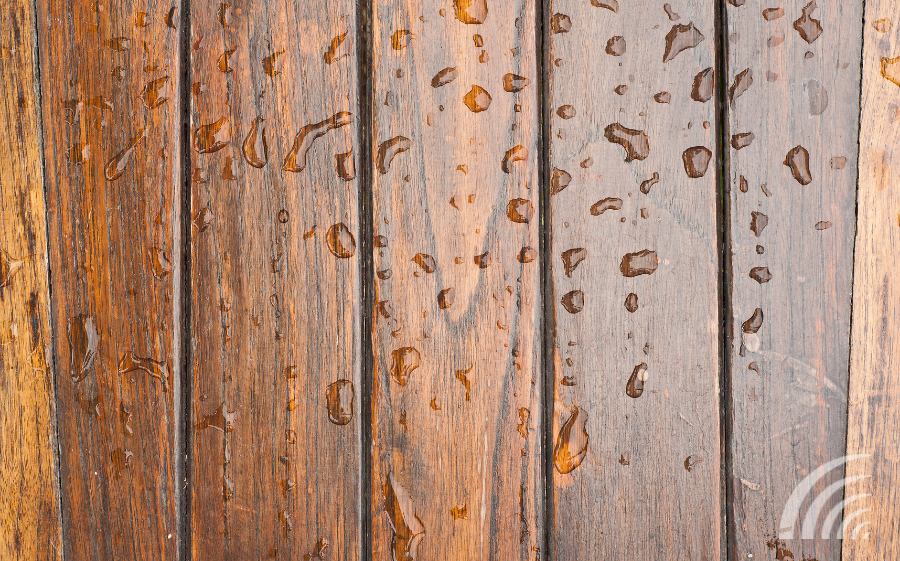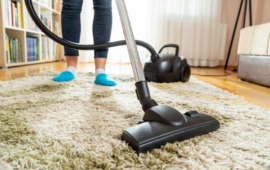The visible and invisible effects of moisture are the most dangerous to a hardwood floor. Understanding how moisture is formed in your home and the effect it has on hardwood floors is a crucial component of wood floor care and maintenance.
Unexpected Sources of Moisture
When air conditioning and heating systems are not used or are fully shut down for an extended length of time, the performance of the home and the wood floors degrades. Wood flooring will shrink or swell due to a lack of air movement and variable humidity levels.
Moisture Generated Within A House
There are numerous sources of moisture that contribute to the Relative Humidity (RH) level in a home and will vary depending on the lifestyle of the occupants. Moisture in a home moves to other rooms via natural air movement or the HVAC system. Another unexpected source of moisture is breathing. By simply breathing, a family of four emits a half-pint of water vapor per hour. As a result, bedrooms might be unanticipated moisture sources.
Additional Sources of Moisture:
- When a 150-square-foot floor is mopped, 4.5 quarts of water are released into the air.
- A shower or bath adds a half-pint of moisture to your home’s air.
- Washing dishes can result in the release of a half-pint of moisture into your home’s air.
- When you cook or boil water, you introduce one-half pint of moisture into the air in your home.
- Mechanical systems in the home can potentially introduce moisture into basements and crawl areas. This includes clothes dryer vents, condensed water from cooling systems, as well as discharge from automatic icemakers.
Greenhouse Effect
Known as the greenhouse effect, sunlight through windows can generate heat, which causes abnormal humidity levels to fluctuate from daytime to nighttime. Controlling the environment before, during, and after installation is critical to avoiding problems.
Physical Effects of Moisture on Hardwood Floors
Environmental imbalances are the most common cause of checking/splitting, delamination, and end-gapping. The manufacturer’s warranty may not cover certain types of flooring flaws.
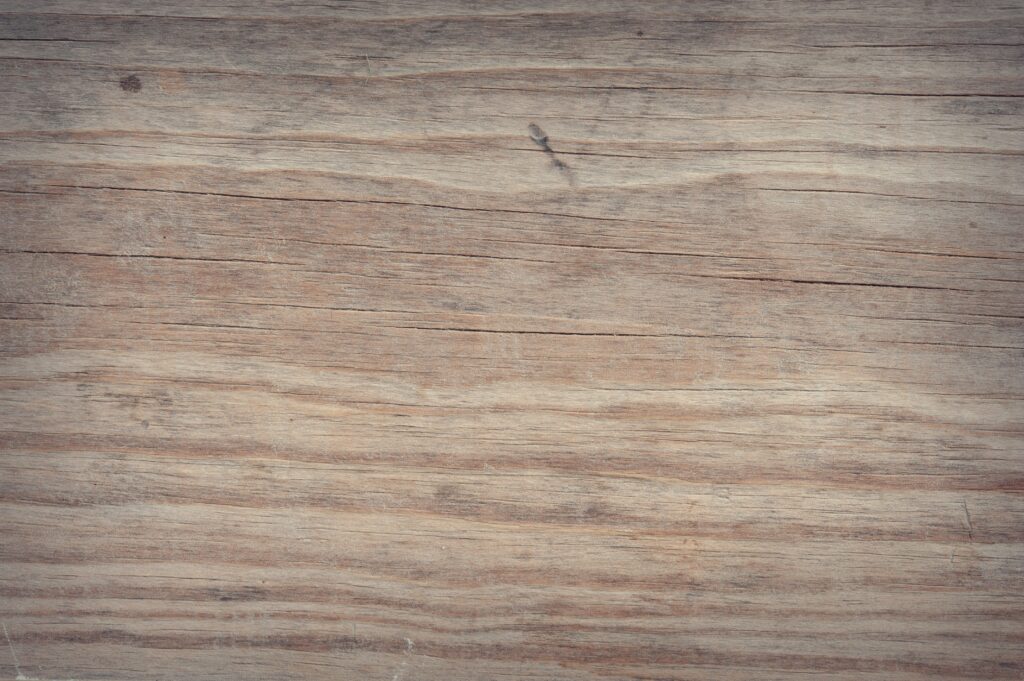
Splitting & Cracking
Splits or cracks may appear as a result of a loss of moisture content, usually as a result of a decrease in relative humidity or extremely dry conditions (low RH), exposing prior damage to the wood. Splits/cracks may telegraph through to the finished surface of the wood, causing less elastic finishes to exhibit fine linear cracks in the surface of the finished film precisely in the same location as the underlying anomaly.

CUPPING
A moisture imbalance throughout the thickness of the wood causes cupping. The wood on the bottom of the board is wetter than the top. Boards forced against one another cause the edges of boards to deform and in extreme conditions, a compression set occurs.

DRY CUPPING
Engineered flooring can begin to dry cup if relative humidity levels remain below the manufacturer’s recommendations for an extended period of time. This occurs when the wear layer loses moisture and begins to shrink across its outer face, exerting force on the core material and pulling the plank’s edges upward.
When stresses exceed the strength of the adhesives used in the manufacturing process (ply separation) or when stresses exceed the strength of the wood fibers within the material itself, the wear layer may delaminate from the core material (wood shear).

CROWNING
A moisture imbalance across the thickness of the wood causes crowning. Crowning is the opposite of cupping and is characterized as a convex or crowning of an individual board, with the center of the board higher than the edges.
Another common cause of crowning is re-sanding a previously cupped floor before it is completely dry. This is most common when there is a high humidity level and a dry substrate.
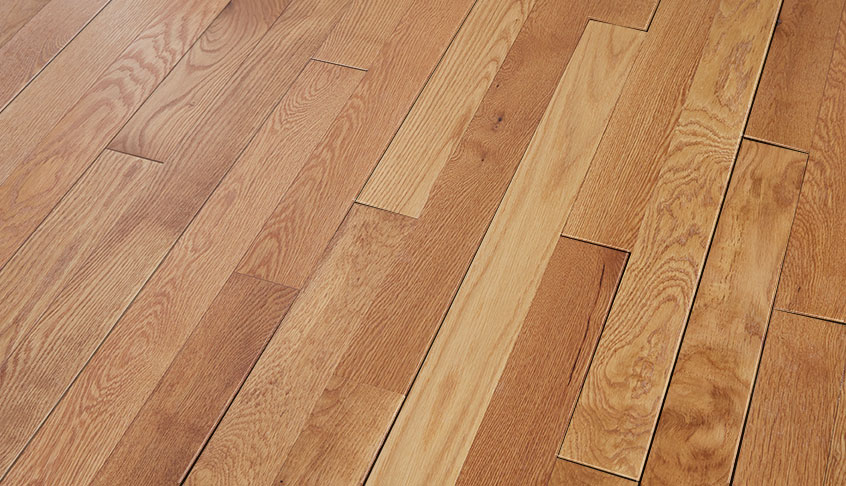
SEASONAL GAPS
Wood flooring is prone to seasonal gaps. Heating homes in the winter causes the moisture content of the wood to decrease, and the boards shrink, leaving gaps between individual boards across the floor. The only way to avoid seasonal changes in wood flooring is to keep relative humidity levels consistent throughout the year.
It is critical not to fill seasonal gaps when they appear because the wood expands again in humid seasons, potentially causing further damage to the flooring. Click here for more information on seasonal changes that affect hardwood floors.
Solid wood flooring has larger seasonal gaps between boards than engineered wood flooring. Because of its structural composition, engineered wood flooring is more dimensionally stable than solid wood flooring. Normal gaps do not change with the seasons.
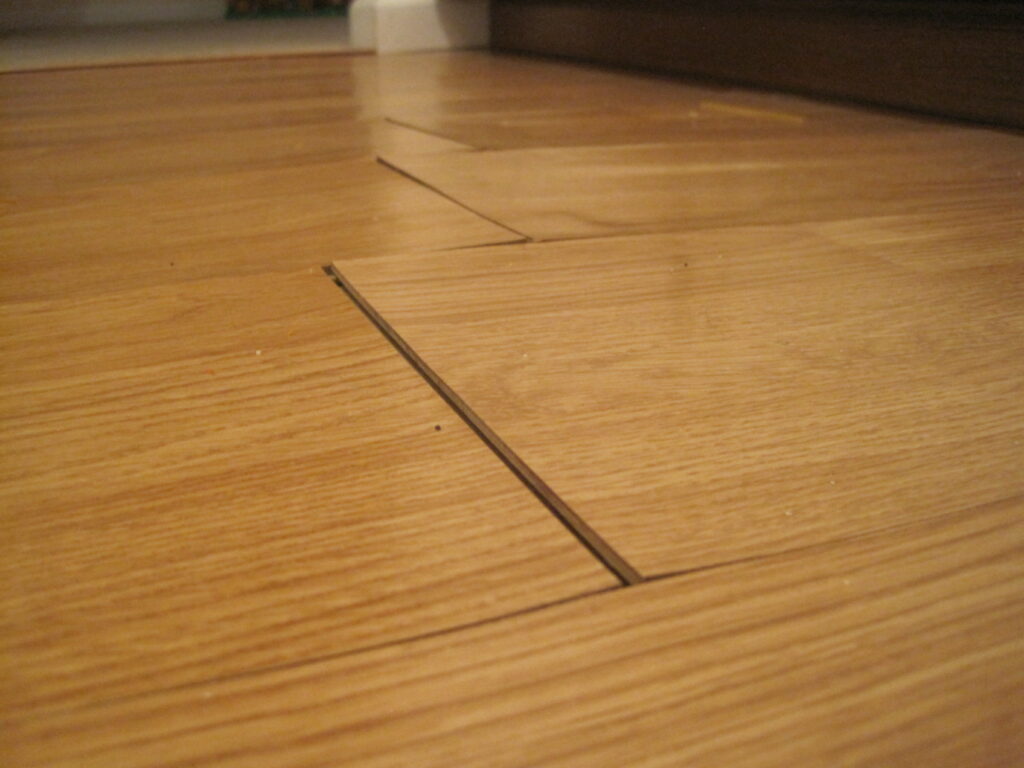
END-LIFTING & END-GAPPING
Solid wood does not shrink or swell in a measurable way over its entire length. End-lifting and end-gapping are most common in engineered wood flooring. End-lift is the appearance of raised ends on wood flooring boards. This is very common when there is an increase in moisture in engineered flooring. The lamina perpendicular to the board’s face swells at a different rate and in a different direction than the adjoining layers, causing the material’s ends to lift.
Moisture content or lack thereof can also cause engineered flooring to shrink and swell in width and length. A change in moisture content can result in gaps at engineered flooring end joints, where the lamina running perpendicular to the face of the board shrinks and swells at a different rate and in a different direction than the adjoining layers.
Use A Hygrometer
To keep wood floors in your home looking their best, the relative humidity for a home in the Midwest should remain between a range of 30-50% and a temperature range of 60 – 80 degrees Fahrenheit. Year-round use of a hygrometer in your home is recommended to monitor RH levels.
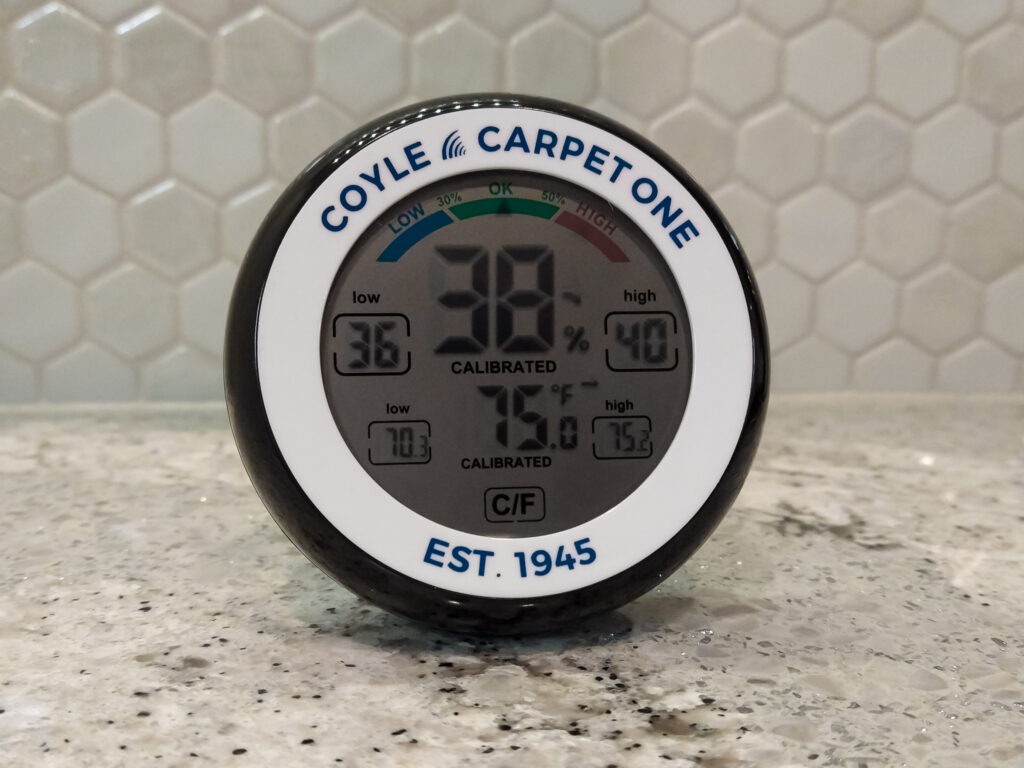
Want to know more about how to care for and maintain your hardwood floors? Check out our video on Hardwood Floor Care & Maintenance!

